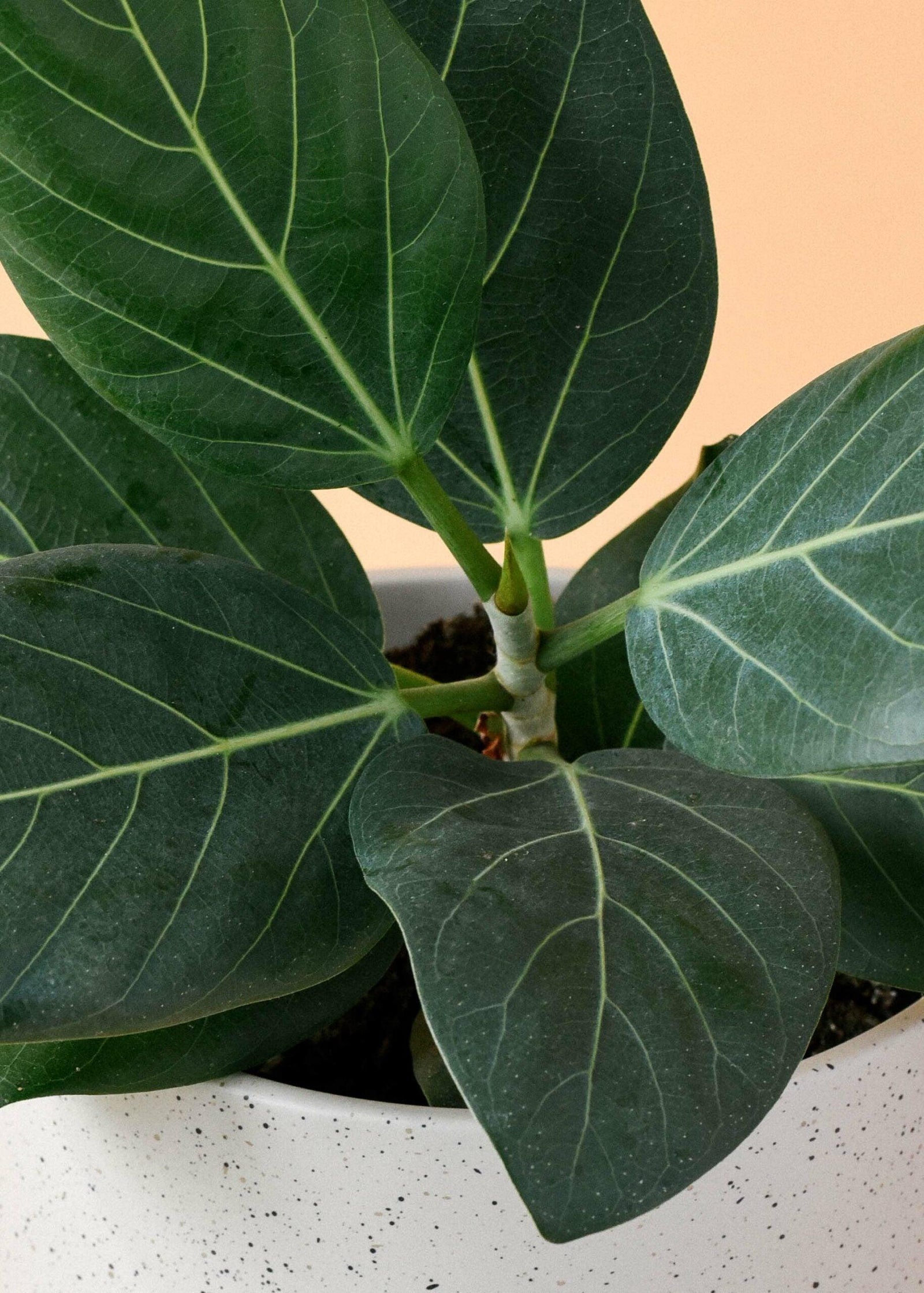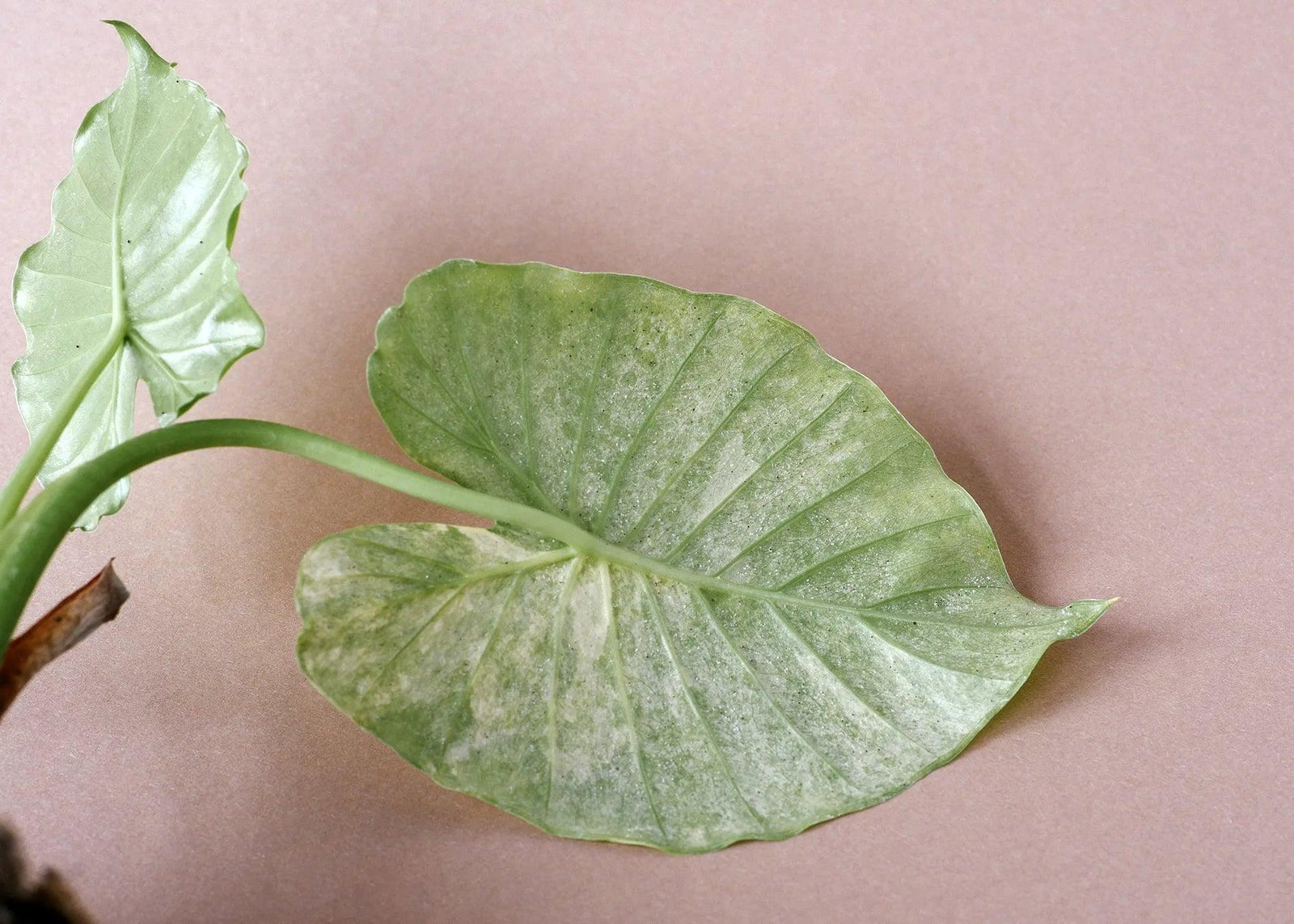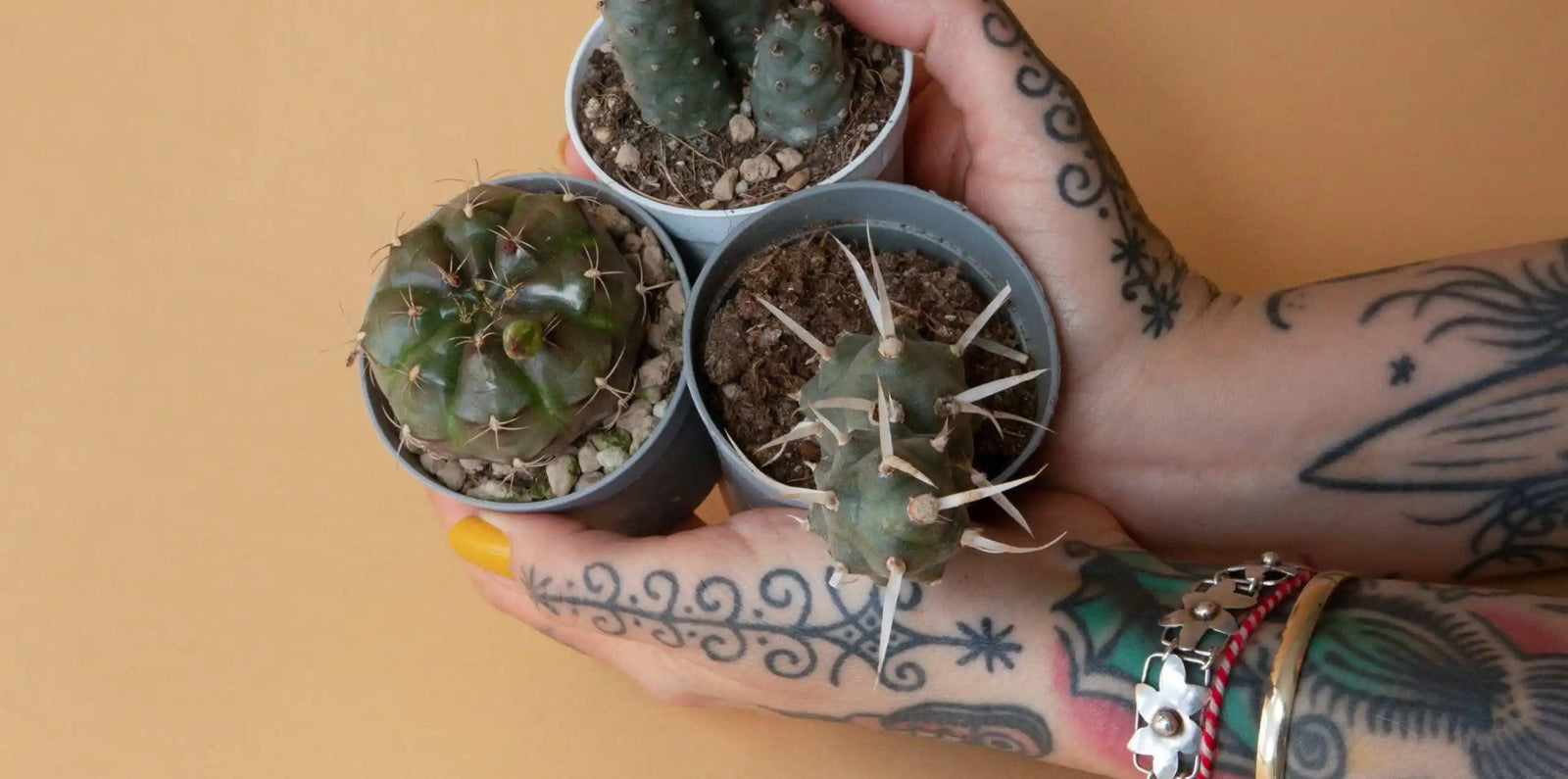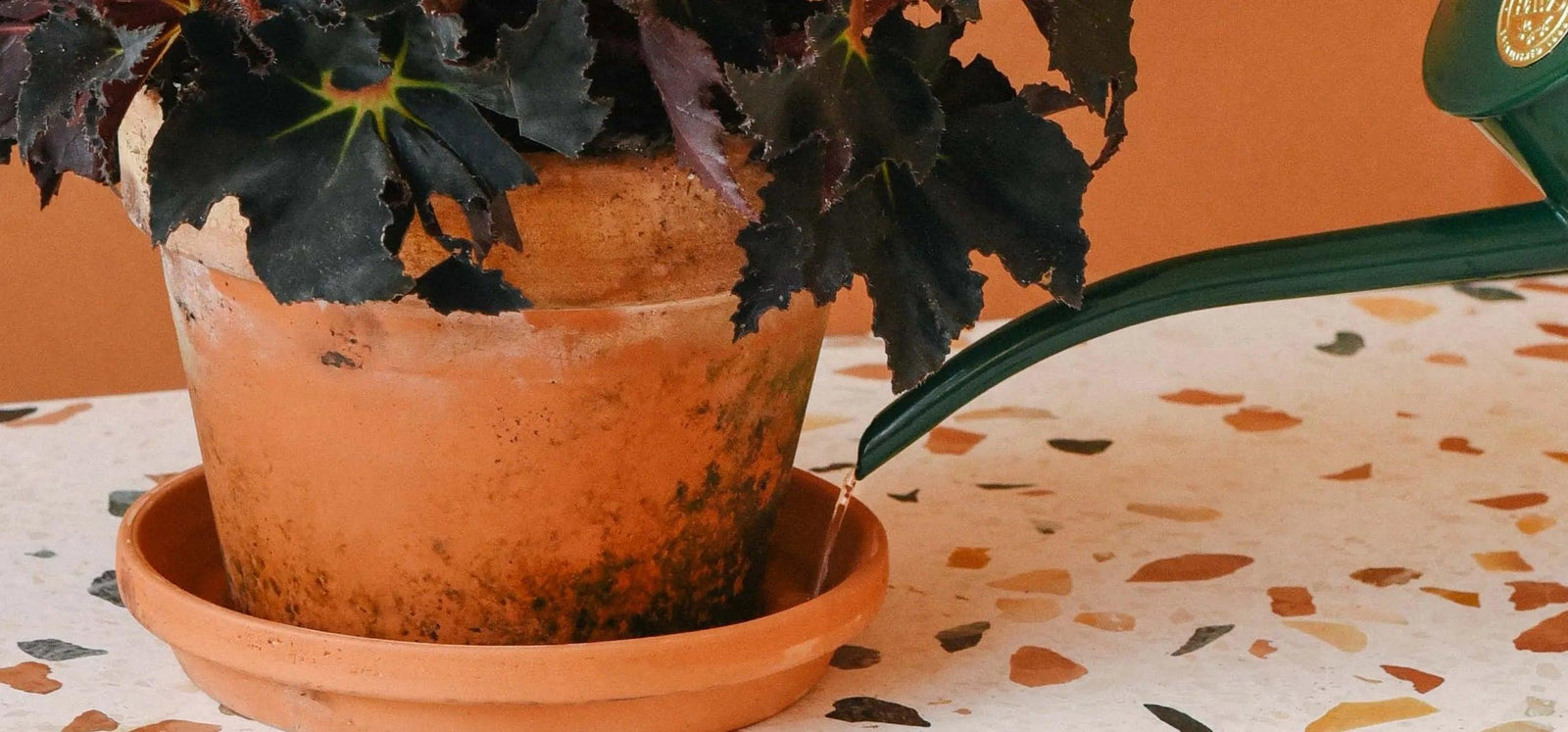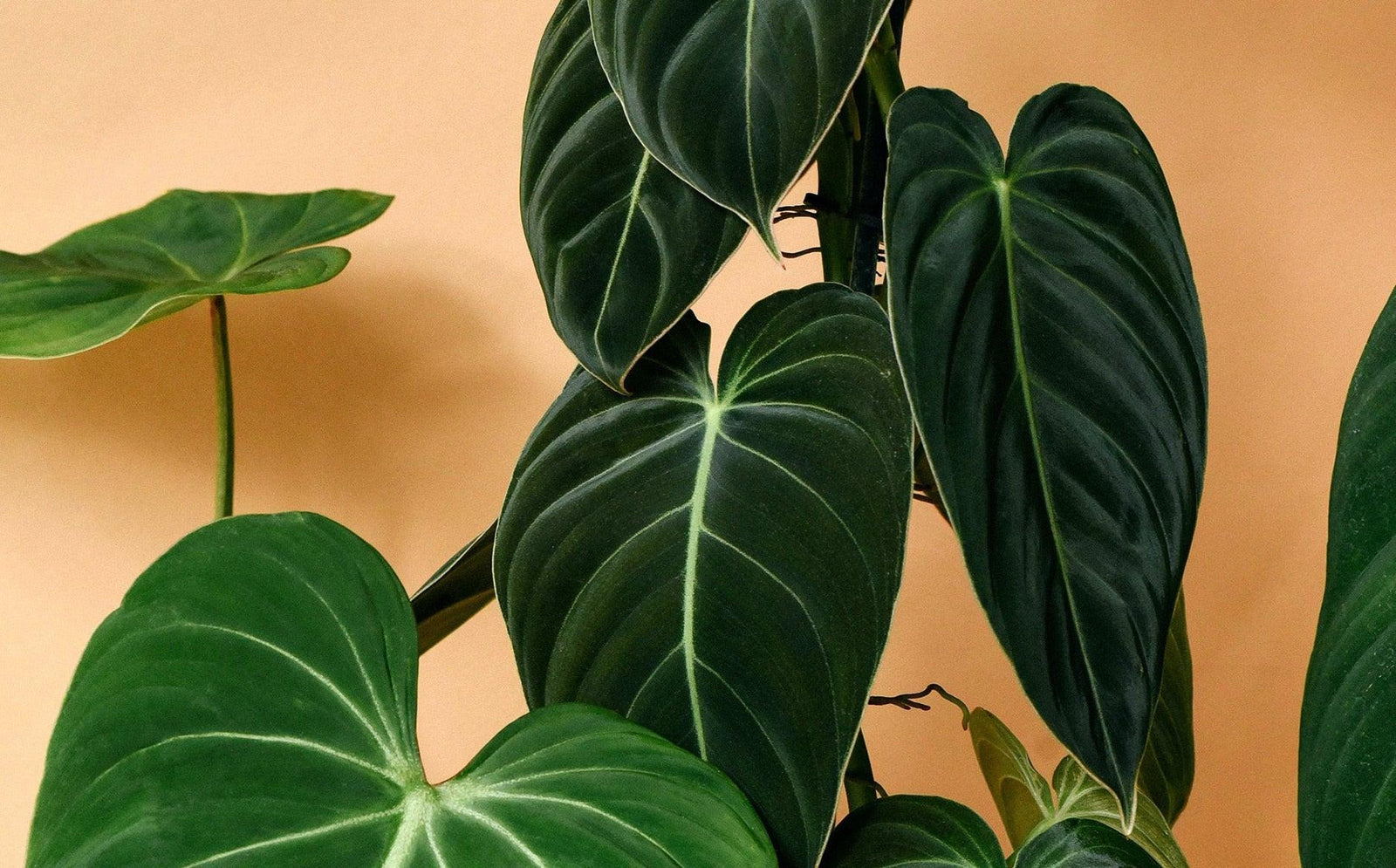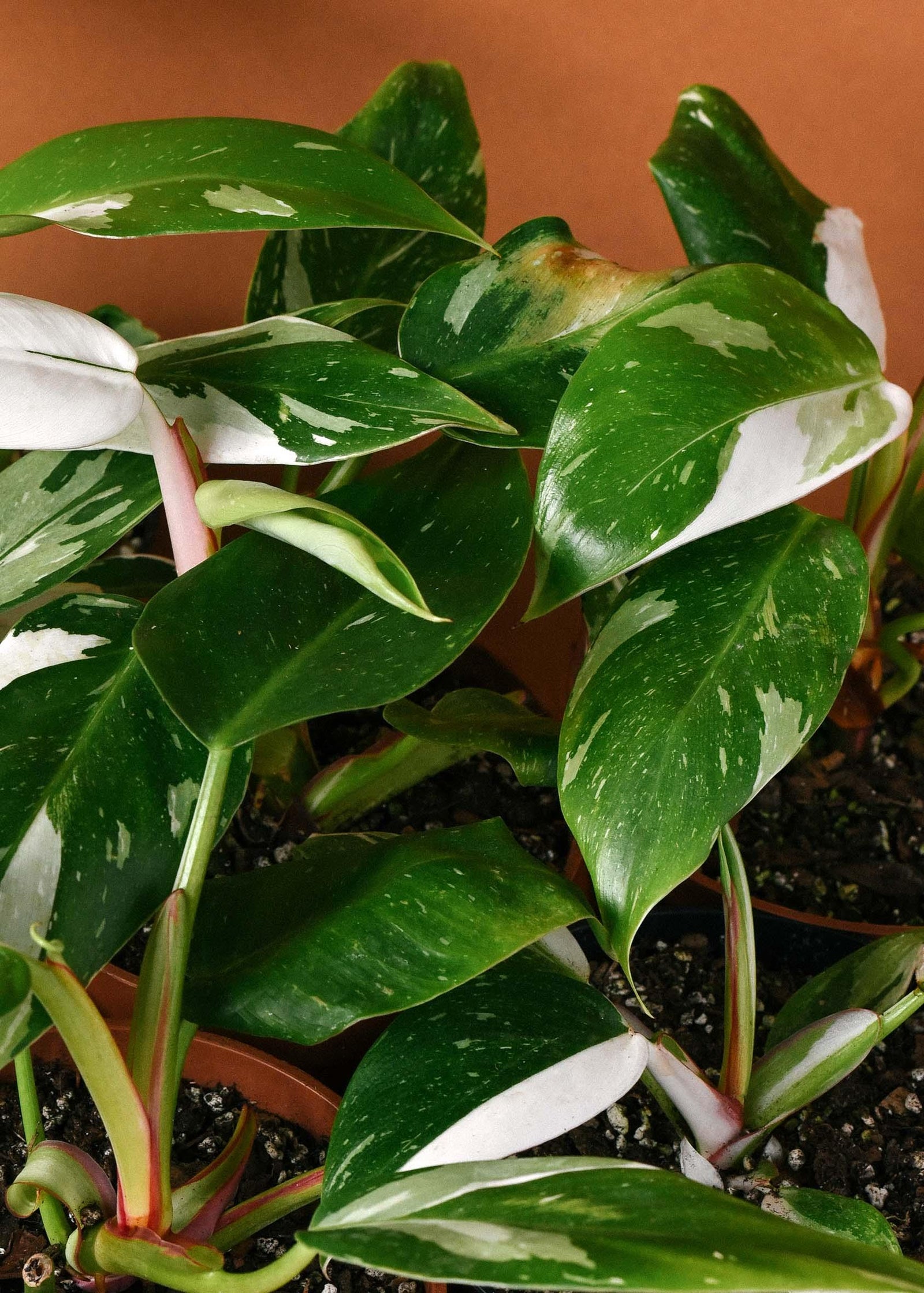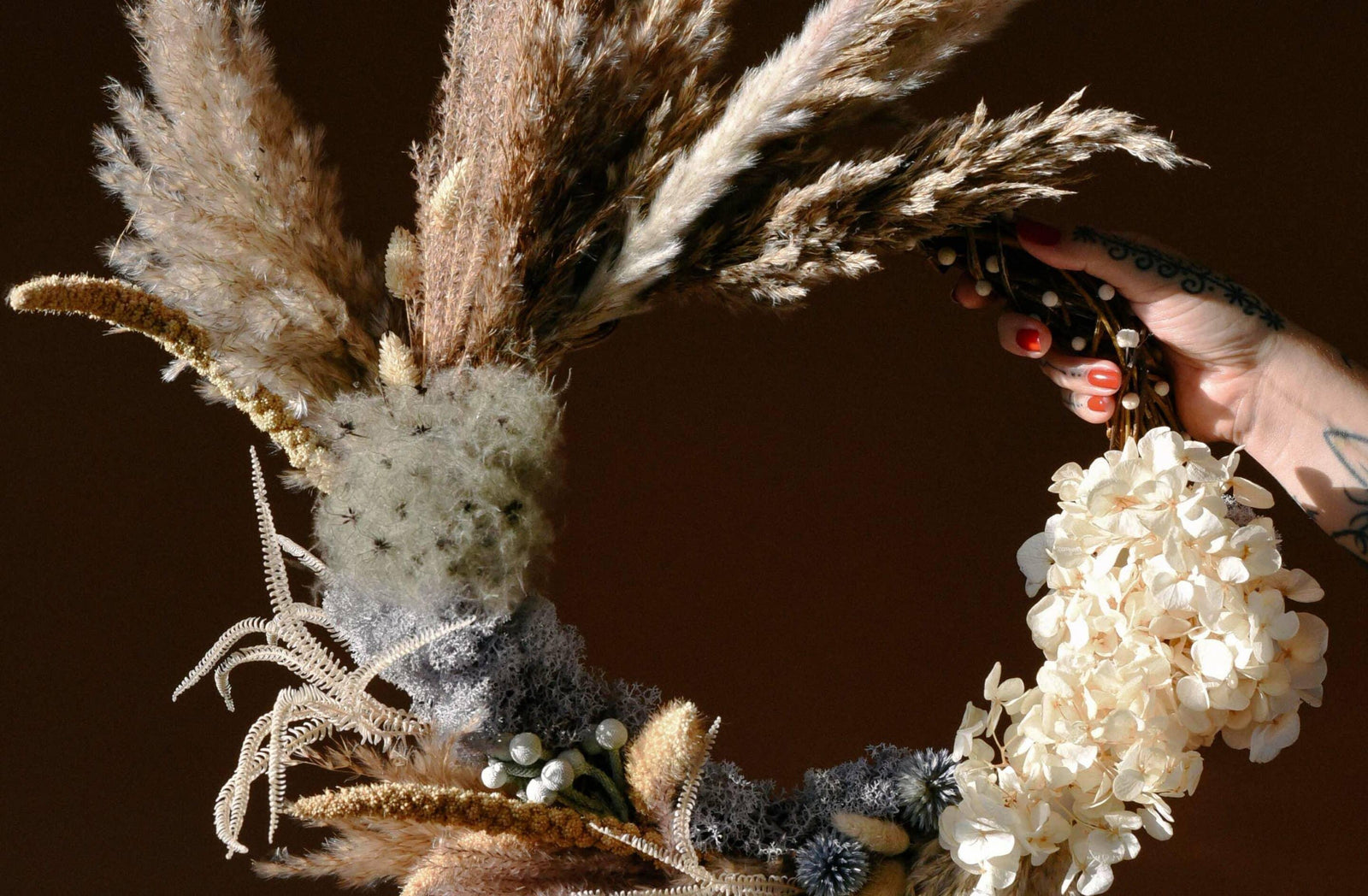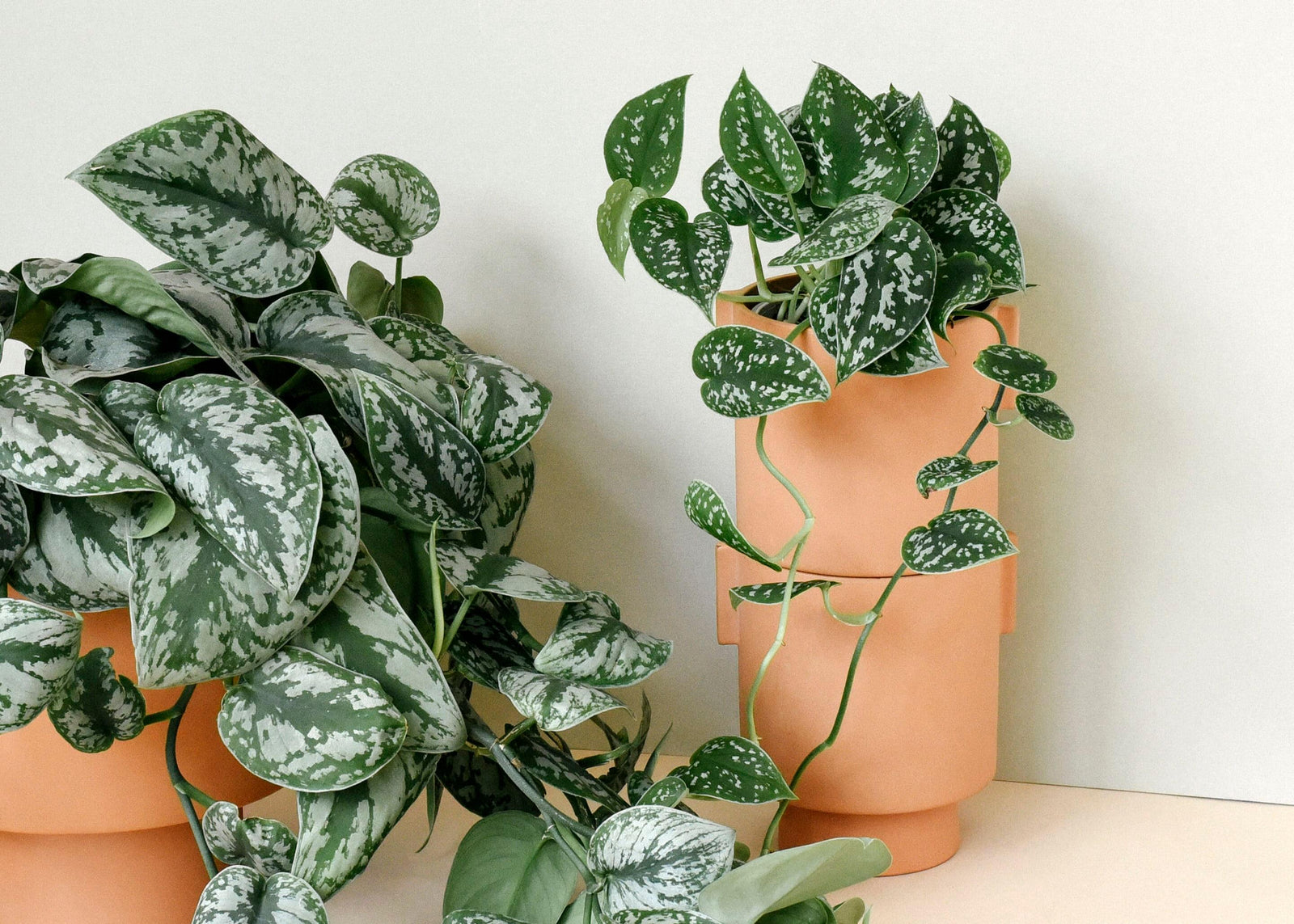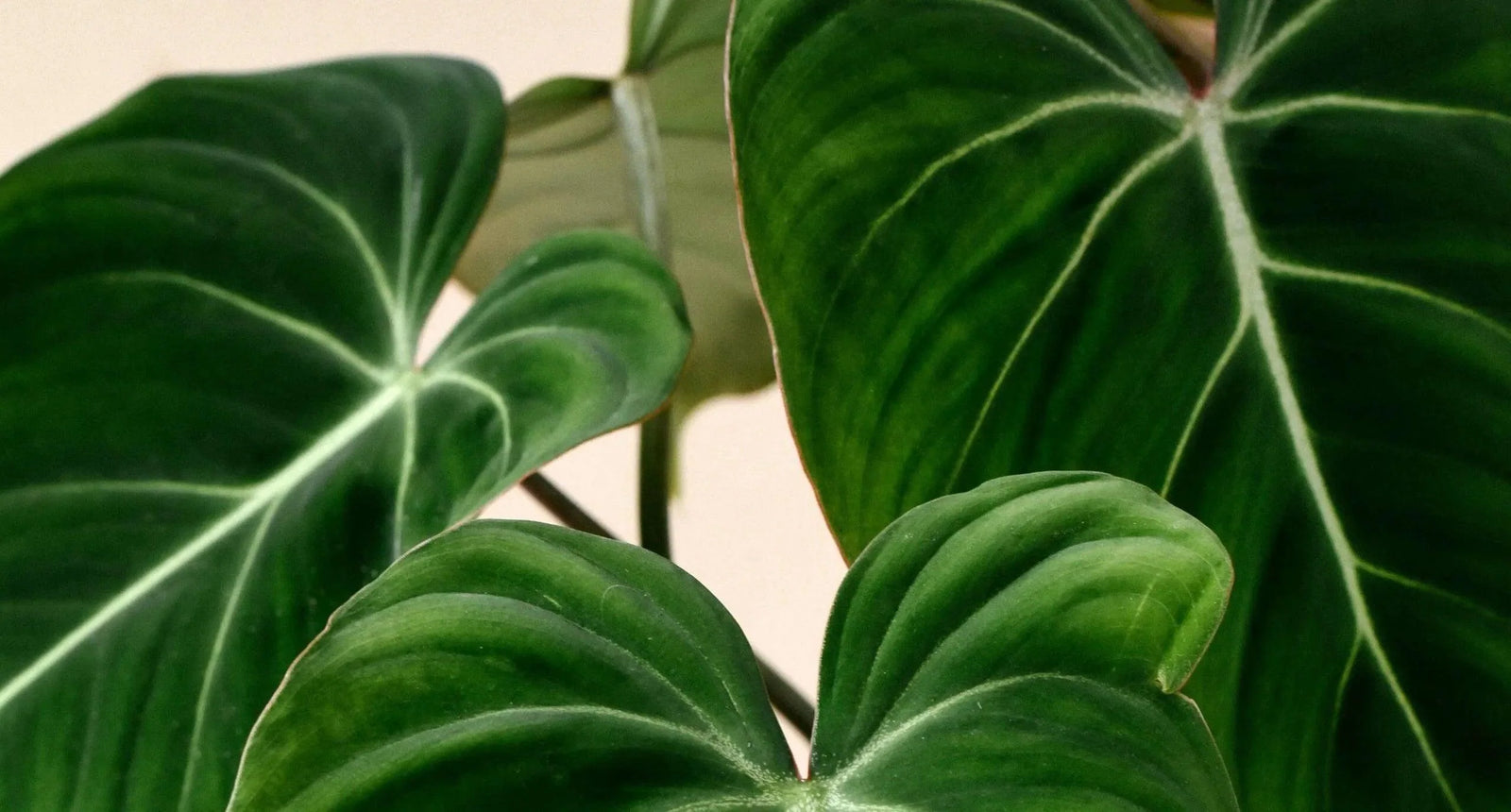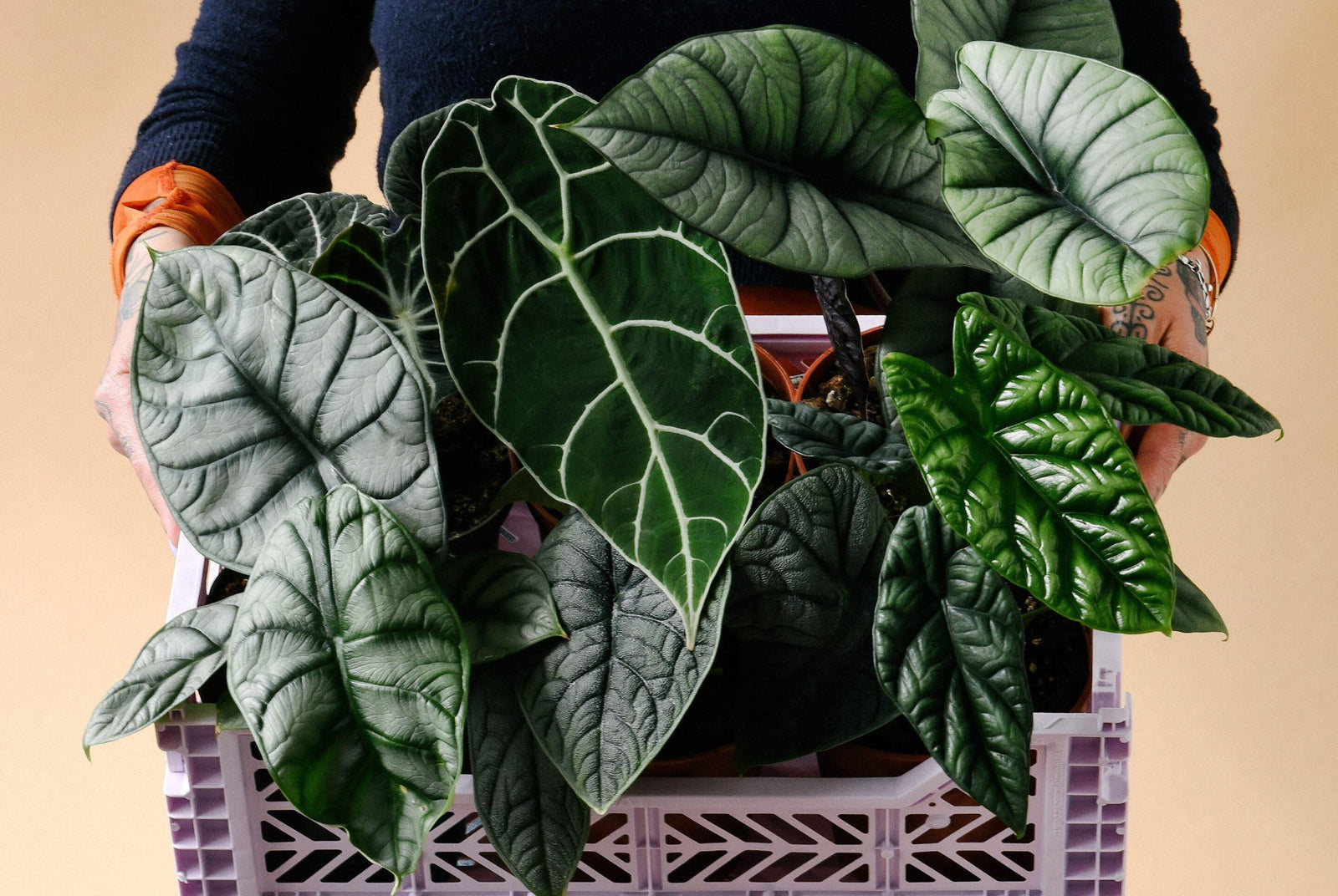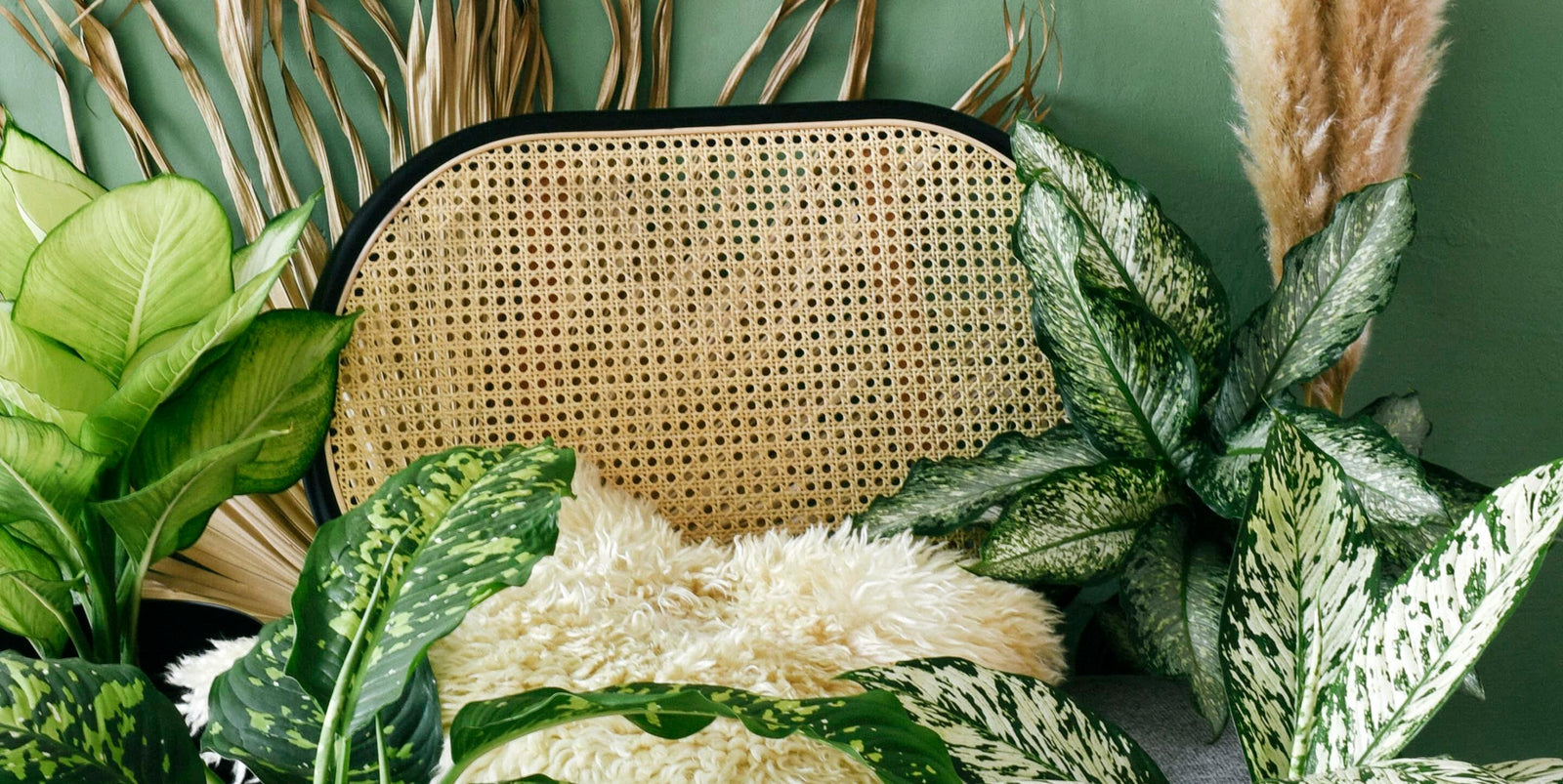by Plant Circle
Plant Circle’s Top 5 houseplants for low light
These green friends will grow even in the darker corners of your home!
The spaces in a home with ample light for plants are always too few and far between for an avid indoor gardener. And to make matters worse, it’s a problem that only grows along with your collection, with every new, needy houseplant fighting over that coveted space in front of the window. But luckily, there are some plants that don’t aspire to take up space in those prime locations of your home and that will, in fact, appreciate being placed in lower light spots! These low light tolerating plants are the troopers every houseplant lover needs in their indoor jungle, because they green up the darker corners of your home with ease, and demand very little care and attention in return.Here are our top 5 low light houseplants for your home!
1. Scindapsus
Scindapsus are the unsung heroes in the world of low light tolerant houseplants! They have only recently come into focus, and are now available in wide varieties on the plant market. The most popular Scindapsus feature lush, matte green foliage with beautiful, silvery markings. But these pretty, trailing plants from South-East Asia are not only trendy, but also highly versatile when it comes to light and positioning. Scindapsus are a sure bet if you are looking for a plant to brighten up a darker spot. Explores our range of Scindapsus here!
2. Sansevieria
There’s a reason why you often find Sansevieria inside shops, malls or offices; these indoor plants are incredibly undemanding and can cope with just about any low light situation you throw at them! Also commonly known as snake plants or mother in law’s tongue, these plants, that were recently (and controversially) reclassified as part of the Dracaenaceae family, hail from Africa and southern Asia, and grow in the brightest light nature has to offer, but amazingly they can easily be kept in the polar opposite situation in your home. As long as you make sure not to overwater them, since they will need less water in the dark, Sansevieria will keep your darker corners green all year long! They also come in a wide variety of shapes and colors, so you’re sure to find one that is aesthetically pleasing to you. Check out our wide range of Sansevieria, Dracaena, snake plants, or whatever you wanna call them, here!
3. Zamioculcas zamiifolia
Zamioculcas zamiifolia, or ZZ plants as they’re commonly known as, are probably the kings of low light houseplants! A very undemanding staple plant that will tolerate even the darkest corner of your home, it’s also commonly referred to as ‘lucky feather’ for its highly decorative, feather like leaves. It’s a slow grower, so it will not outgrow its location quickly, however, if you have some space to fill, we can recommend our Zamioculcas Zamiifolia XL! Zamioculcas zamiifolia has been around for centuries, originating in drought-prone parts of eastern Africa, but in the 90s, Dutch nurseries saw the plants potential and started distributing it around the world. Since then, ZZ plants have entered hearts, homes, and of course offices worldwide.
4. Epipremnum Aureum / Pothos
Epipremnum Aureum, also commonly known as Pothos, can be found in the homes of even the most black-thumbed people you have ever met, and for good reason! These houseplants, which can be grown both climbing or trailing depending on your aesthetics, are incredibly versatile and will survive even in the most unfriendly growing conditions… and that of course includes low light! That, and the fact that they’re easily propagated, has made them some of the most popular houseplants out there, and with their lush foliage and prolific growth, they’ll easily turn the darker corners of your home into a lush jungle. Is the ‘Golden Pothos’ too common for you? Don’t worry, these easy care plants are on the market in a variety of colors these days! We recommend checking out our green-on-green speckled Epipremnum Aureum ‘Global Green’, the white variegated string of pearls, or the striking ‘Neon Pothos’ for lovers of bold colours!
5. Aglaonema
We think it’s fair to say that, if the late Queen Elizabeth had been a houseplant, she would’ve been an Aglaonema. Why? These houseplants are incredibly reliable and dutiful, will make it through the most dire situations and show subtle, yet strong character! Also known as Chinese Evergreens, the whiter Aglaonema varieties are a surefire bet for the darker corners of your home. They also stay relatively compact and are slow growers, making them a great choice if you have limited space. Even in low light, these houseplants will reward you with a lush and bushy appearance. Have a look at our range of Aglaonemas here!
